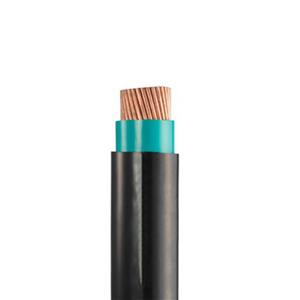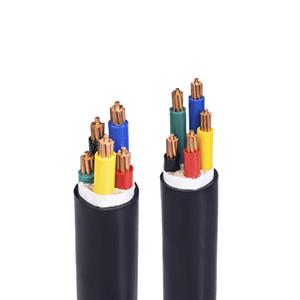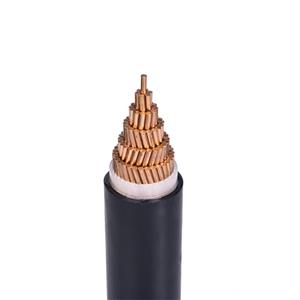The difference between armored cables and ordinary cables
In our daily life, cables are like a silent hero behind the scenes. Although they are often not noticed by us, they play a vital role. Today, cable manufacturers will take you to explore in depth the armored cables and ordinary cables to see what the differences are.
Ordinary cables, as the most common type of cables in our lives, have a relatively simple structure. It is mainly composed of conductors, insulation layers and protective layers. The main function of ordinary cables is to achieve stable transmission of power or signals under normal conditions. Armored cables, as the name suggests, are not ordinary. It is like putting on a set of sturdy armor for the cable. Armored cables are actually based on ordinary cables with an additional layer of armor. This layer of armor is usually made of metal materials such as steel belts and steel wires. Don't underestimate this layer of armor, it plays a big role.
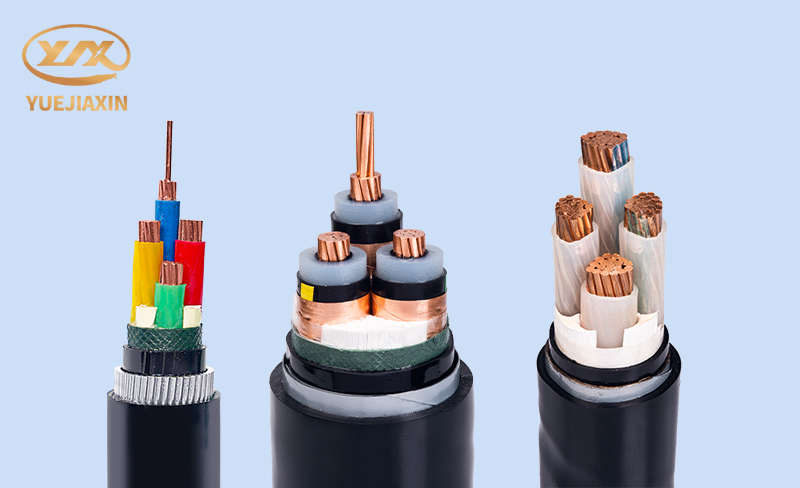
From a structural point of view, there is a clear difference between armored cables and ordinary cables. As mentioned earlier, ordinary cables are mainly composed of conductors, insulation layers and protective layers, and their structure is relatively simple and clear. Armored cables are like an "upgrade" based on ordinary cables. It adds an armor layer between the insulation layer and the protective layer. This unique structural design gives armored cables a strong protective ability that ordinary cables do not have.
In terms of performance, the difference between armored cables and ordinary cables is also very significant, which is also a key factor in determining their different application scenarios. Let's look at the mechanical properties first. Armored cables have armor layers made of steel strips or steel wires, and their ability to resist tension, compression and external force damage is greatly enhanced. In contrast, the mechanical properties of ordinary cables are relatively weak. Its protective layer mainly plays a simple protective role.
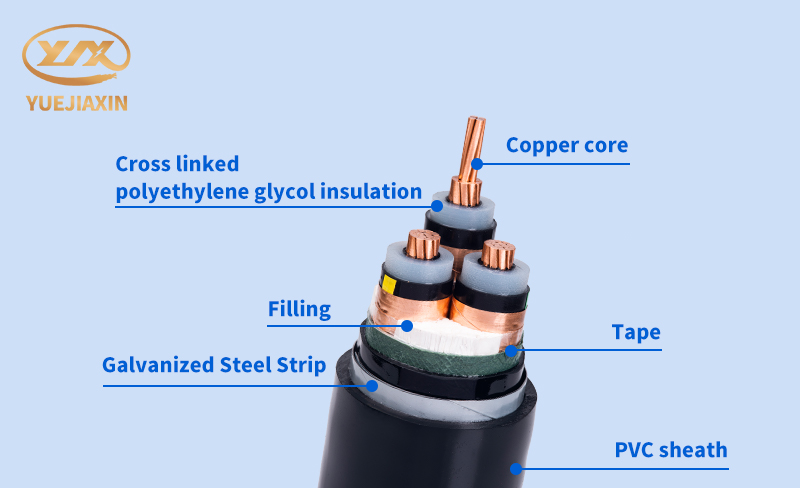
Let's talk about corrosion resistance. Armored cables also have obvious advantages in this regard. In places such as chemical plants where there are a lot of chemical corrosive substances, the protective layer of ordinary cables is easily corroded by chemicals, shortening the service life of the cables. In terms of electrical performance, there are also certain differences between the two. The armor layer of the armored cable has good electromagnetic shielding performance, which can effectively shield external electromagnetic interference and ensure the stability of signal transmission. Ordinary cables are relatively weak in anti-interference ability. In places with complex electromagnetic environments, signals are easily interfered with, resulting in reduced transmission quality.
Due to the differences in structure and performance between armored cables and ordinary cables, their applicable scenarios are also different. In terms of price, there are also obvious differences between armored cables and ordinary cables. Because the structure of armored cables is more complex and the armor layer is added, this not only increases the cost of its raw materials, but also makes the production process more complicated, so the price of armored cables is usually much higher than that of ordinary cables.

There are obvious differences between armored cables and ordinary cables in terms of structure, performance, application scenarios, and price cost. Ordinary cables have simple structures and low costs, and are suitable for places with good environments and low requirements for protection performance; armored cables, with their strong armor layer, have excellent mechanical properties, corrosion resistance, and electromagnetic shielding performance, and can operate stably in harsh environments.
I hope that through the introduction of wire and cable manufacturers today, everyone can have a deeper understanding of armored cables and ordinary cables.

